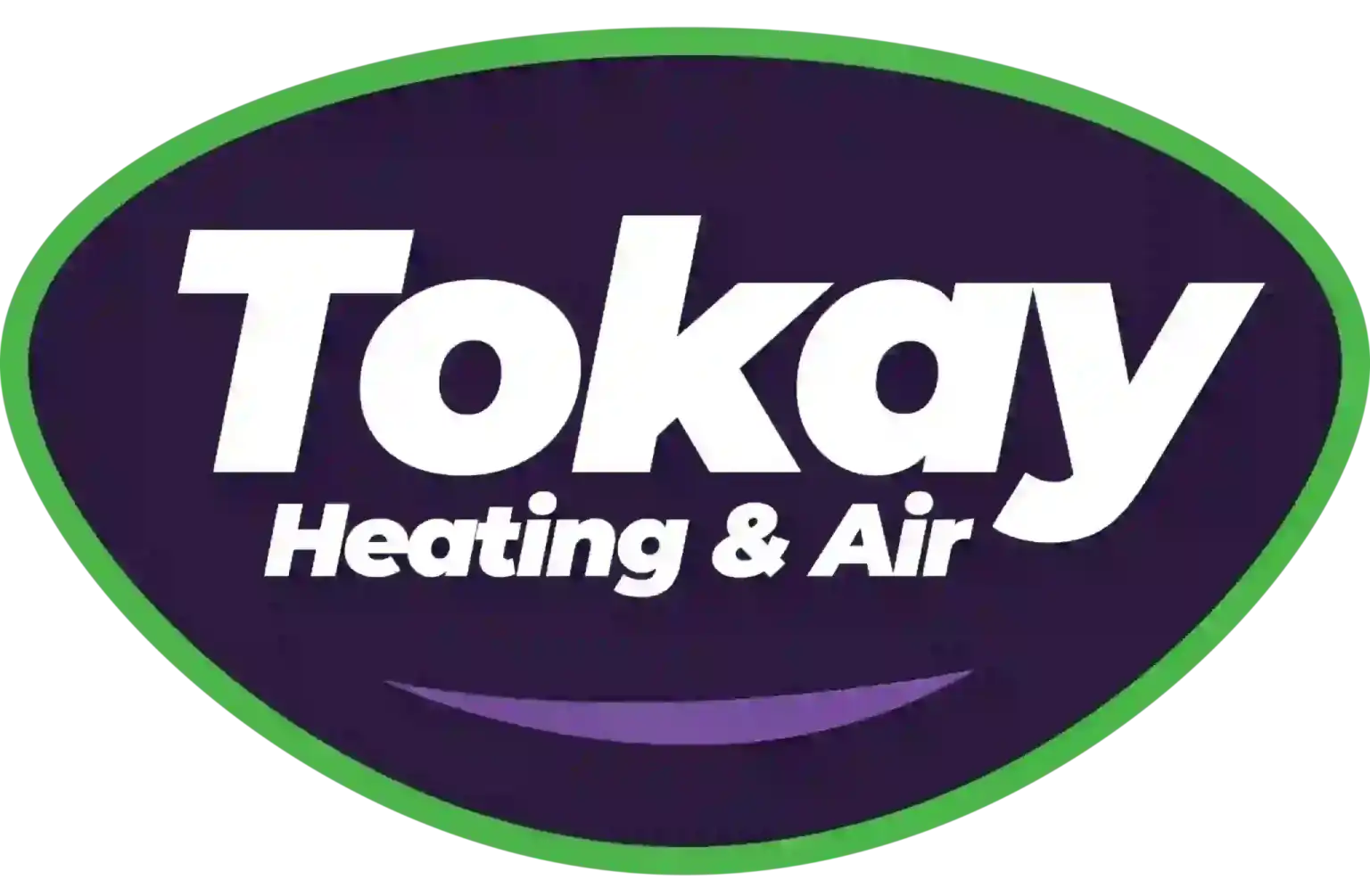Common AC Repair Issues And How Our Technicians Solve Them
Air conditioning systems are essential for maintaining a comfortable indoor environment, especially during hot seasons. However, like any complex machinery, AC units can encounter various issues that may disrupt their performance. Regular maintenance and timely repairs are key to ensuring your system runs smoothly and efficiently.
Refrigerant Leaks
Refrigerant leaks are a common issue that can significantly impact your AC’s performance. The refrigerant is the lifeblood of your air conditioning system, responsible for absorbing and expelling heat. When there’s a leak, your AC won’t cool your home effectively, and it may run longer than necessary.
Symptoms Of Refrigerant Leaks
- Insufficient cooling or warm air blowing from the vents
- Ice buildup on the evaporator coil
- Unusual hissing or bubbling sounds from the unit
- Increased energy bills due to longer running times
Inspection And Detection Techniques
Our professionals use several methods to detect refrigerant leaks:
- Visual Inspection: We start with a thorough visual check for obvious signs of leaks, such as oily residue on the refrigerant lines or connections.
- Electronic Leak Detectors: These devices can identify even the smallest leaks by sensing the presence of refrigerant in the air.
- Ultraviolet Dye: We may add a special dye to the system, which circulates with the refrigerant and makes leaks visible under UV light.
How Our Technicians Repair Leaks And Recharge The System?
Once a leak is detected, our skilled technicians will:
- Repair the Leak: Depending on the location and severity, we will either tighten connections, replace damaged components, or apply a sealant to the leak.
- Evacuate the System: We remove any remaining refrigerant to ensure no air or moisture is present in the system.
- Recharge with Refrigerant: Finally, we refill the system with the appropriate amount of refrigerant, ensuring it is correctly balanced for optimal performance.
Faulty Thermostats
Thermostats are the interface between you and your AC system. A faulty thermostat can lead to incorrect temperature readings and inefficient system operation.
Common Issues With Thermostats
- Inaccurate temperature readings
- AC unit not turning on or off as scheduled
- Display issues or unresponsiveness
- Frequent cycling on and off
Diagnostic Procedures
Our technicians follow a systematic approach to diagnose thermostat issues:
- Check Power Supply: Ensure the thermostat has power, checking batteries and wiring connections.
- Calibration Verification: We compare the thermostat reading with an accurate thermometer to verify its accuracy.
- Inspect Connectivity: We check the connections between the thermostat and the AC unit to ensure proper communication.
Recalibration And Replacement Solutions
Based on the diagnosis, our technicians may take the following actions:
- Recalibrate the Thermostat: If the thermostat is out of sync, we adjust it to ensure it accurately reflects the room temperature.
- Replace Batteries: For battery-operated models, a simple battery replacement can often resolve the issue.
- Thermostat Replacement: If the thermostat is outdated or beyond repair, we can install a new model. Our professionals will recommend a suitable thermostat for your system, providing precise control and enhanced efficiency.
By addressing these common thermostat issues promptly, we help ensure that your AC system operates effectively, maintaining a comfortable indoor environment without unnecessary energy consumption.
Electrical Control Failures
Electrical control failures are another common issue that can disrupt your AC system. Electrical components in your AC system, such as relays, capacitors, and circuit boards, are crucial for its operation. When these components fail, your AC may not turn on, may run intermittently, or could stop working altogether.
Signs Of Electrical Issues
- AC unit not responding to thermostat commands
- Frequent system shut-offs or short-cycling
- Burning smells or unusual sounds from the unit
- Tripped circuit breakers or blown fuses
Troubleshooting Electrical Components
Our technicians use a methodical approach to identify electrical problems:
- Check Power Supply: We start by ensuring the AC unit is receiving power. We inspect circuit breakers, fuses, and wiring connections.
- Inspect Electrical Components: We examine relays, capacitors, and circuit boards for signs of wear, damage, or burning.
- Test Continuity and Voltage: Using multimeters, we test the continuity and voltage of electrical components to ensure they are operating correctly.
Repairing Or Replacing Faulty Parts
After identifying the faulty component, our technicians will:
- Repair or Replace the Component: Depending on the issue, we will either repair the damaged part if possible or replace it with a new one.
- Ensure Proper Wiring: We will check and secure all wiring connections to prevent future issues.
- Test the System: Finally, we test the entire system to ensure that the electrical issue has been fully resolved.
Ensuring all electrical components are in good working order is crucial for the safe and efficient operation of your AC system.
Drainage Problems
Proper drainage is essential for maintaining the efficiency and longevity of your AC unit. Drainage problems can lead to water damage, mold growth, and system inefficiencies.
Causes of Drainage Issues
- Blocked condensate drain line
- Improper installation of the drainage system
- Excessive humidity causing overflow
- Algae or mold buildup in the drain line
Identifying Clogging And Overflow Problems
Our technicians follow a structured approach to diagnose drainage issues:
- Visual Inspection: We start by examining the condensate drain line and pan for visible signs of blockage or water overflow.
- Check for Algae and Mold: We look for signs of organic growth that could be clogging the drain line.
- Test Drain Operation: We pour water into the condensate pan to see if it drains properly, indicating a clear or blocked line.
Solutions For Clearing Blockages And Ensuring Proper Drainage
Once the issue is identified, our technicians will:
- Clear the Blockage: We use specialized tools to remove any blockages in the condensate drain line.
- Clean the Drain Line: We flush the drain line with a cleaning solution to remove algae, mold, and other debris.
- Install a Drain Pan Treatment: To prevent future blockages, we may install a treatment that inhibits mold and algae growth.
- Verify Drainage: Finally, we test the drainage system to ensure it’s working correctly and efficiently.
By addressing these drainage issues, we help prevent potential damage to your home and keep your AC running efficiently.
Conclusion
Regular AC maintenance and prompt repair of any arising issues are crucial to keeping your air conditioning system running smoothly. Understanding common problems like refrigerant leaks, faulty thermostats, electrical control failures, and drainage issues allows you to recognize when professional help is needed. Ignoring these problems can lead to reduced efficiency, higher energy bills, and costly repairs down the line.
If you are experiencing any issues with your AC system, don’t hesitate to reach out to us at Tokay Heating & Air. Our professionals are here to provide effective solutions and ensure your home stays cool and comfortable. Schedule an appointment with us today and experience top-notch AC repair service in Lodi.


